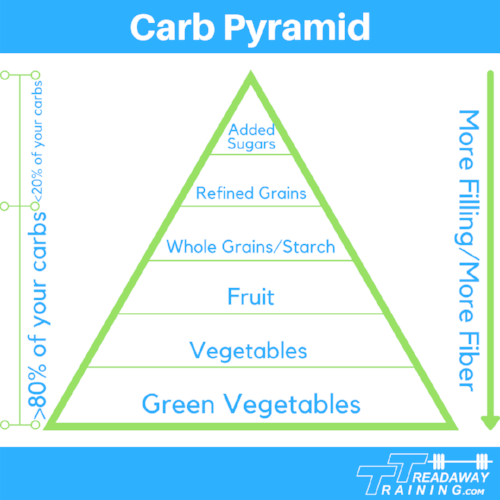1) Don't drink Calories.
The average 12 fl oz soft drink has approximately 40 Carbs and 160 Calories. Keep in mind, that's just one can. If you drink a 2 liter (and believe me, there are many people out there who do this), that comes out to be 960 Calories per day on soda. This equates to almost two pounds of fat loss per week by itself!
Also, keep in mind that sugar is very low on the satiety index, meaning it is not filling. When you are dieting for fat loss and don't have as many Calories to play with, don't waste them on soda. You could spend those Calories on something that will fill you up so that you don't end up having to choose between overeating or going hungry.
2) Go low fat.
The Ketogenic diet has been all the rage the past couple of years so I may ruffle some feathers by saying this but you can make your diet a lot easier by cutting down on the fat intake. Let me give you an example to show you what I mean. In this example, I will use 1500 Calories and will keep protein the same between groups so we have an apples-to-apples comparison. (Remember: 1g of protein contains 4 Calories, 1g of carb contains 4 Calories, and 1g of fat contains 9 Calories.)
Example Diet 1: Higher Fat (40% of Calories from fat)
Protein = 150g (600 Cal)
Carb = 75g (300 Cal)
Fat = 67g (603 Cal)
Total Calories: 1503 (because I rounded to the nearest gram on fat)
Example Diet 2: Lower Fat (20% of Calories from fat)
Protein = 150g (600 Cal)
Carb = 150g (600 Cal)
Fat = 33g (297 Cal)
Total Calories: 1497 (I again rounded to the nearest gram on fat.)
I don't know about you but the second diet seems much more appealing to me and as I always say, the ability to adhere to the diet is the most important aspect of the diet. Additionally, you can fill those extra carbs with lots of leafy greens and other veggies to ensure you get filled up with every meal. Some practical tips for lowering your fat intake are to switch from regular salad dressings and condiments to low-fat and to switch from full-fat dairy products to low-fat. Another tip is to switch from cooking with oil to cooking with spray, which leads me to my next topic:
3) Oust the oil.
This is the quickest and easiest tip on the list and yet, it packs a powerful punch. Switching from oil to cooking spray can save you THOUSANDS of Calories per week. Look at this picture:
Just one tablespoon of olive oil contains 120 Calories and one tablespoon was barely enough to coat this skillet. The average person likely uses two tablespoons which comes out to be 240 Calories. Those Calories don't just evaporate. They soak into your food. Using the 1500 Calorie example from above, that's almost 20% of your daily Calorie allowance that could have been spent on actual food that would contribute to fullness. Let's assume you cook an average of just one meal in a skillet with oil each day. That is 1,680 Calories, which equates to approximately half of a pound more fat loss you could have each week.
4) Eat more protein.
Speaking of eating more foods that contribute to fullness, protein is your friend, especially when on a fat loss diet. Not only is protein very satiating, helping you to stay full while dieting, it also has another amazing benefit. Getting adequate protein will ensure more of the weight you lose while on your diet comes from fat mass rather than lean body mass. This will keep your metabolic rate from dropping as much throughout the diet.
If you are somewhat new to resistance training, there's a good chance you will be adding lean body mass while dieting, which will boost your metabolic rate! (If you are not lifting weights, you need to start today.) You should aim to consume 0.7 - 1g of protein per pound of body weight per day, with the majority of that protein coming from lean meats and low-fat dairy sources. [1]
5) Eat more fiber.
If protein is your friend, fiber is going to be your best friend. High fiber foods are incredibly satiating (even more so than protein), which will help you to stay full on your diet. (Are you seeing the common theme yet?) As an added benefit, getting an adequate amount of fiber in your diet will improve your gut health, which will help you to enjoy your fat loss for many years to come. You should aim to get a minimum of 25g of fiber each day. [1] Refer to the chart below to get an idea of what foods to eat to increase your fiber intake.
6) Eat fewer meals.
This is likely the exact opposite of what you've been told. You've probably been told you need to eat six meals per day to "stoke the metabolic fire" and "ramp up fat loss". Contrary to what you've been told, increasing the frequency of your meals does nothing for your fat loss. [2],[3] However, meal frequency does affect your ability to adhere to a diet and most of the people I've worked with prefer lower meal frequencies.
Let's revisit our 1500 Calorie diet again. 1500 Calories spread across six meals means you will only be eating 250 Calories per meal. 1500 Calories spread across three meals means you will be eating 500 Calories per meal. Eating fewer larger meals tends to lead to higher diet satisfaction for most people, which in turn leads to better adherence and improved fat loss.
Takeaway
If you follow each of the tips above, you will be six steps closer to reaching your fat loss goals. These tips by themselves will help you in your quest for fat loss, but if you aren't familiar with the basics and how fat loss actually works, you should definitely check out this article (then this one). You'll be glad you did.
Thank you so much for reading! If you found this information helpful and think others will benefit from it as well, please give this article a share on Facebook. It helps us out more than you know. If you like what I have to say, sign up below to become a Treadaway Training insider and never miss a post or video. I will be back next week with another fat loss topic. As always, God bless you AND your family and I'll see you next week.
References:
[1] Fink, H. H., Mikesky, A. E., Burgoon, L. A. (2012) Practical Applications in Sports Nutrition Third Edition. Burlington, MA: Jones & Mikesky Burgoon
[2] Taylor, M.A. and J.S. Garrow, Compared with nibbling, neither gorging nor a morning
fast affect short-term energy balance in obese patients in a chamber calorimeter. Int
J Obes Relat Metab Disord, 2001. 25(4): p. 519-28.
[3] Verboeket-van de Venne, W.P. and K.R. Westerterp, Influence of the feeding frequency
on nutrient utilization in man: consequences for energy metabolism. Eur J Clin Nutr,
1991. 45(3): p. 161-9.




